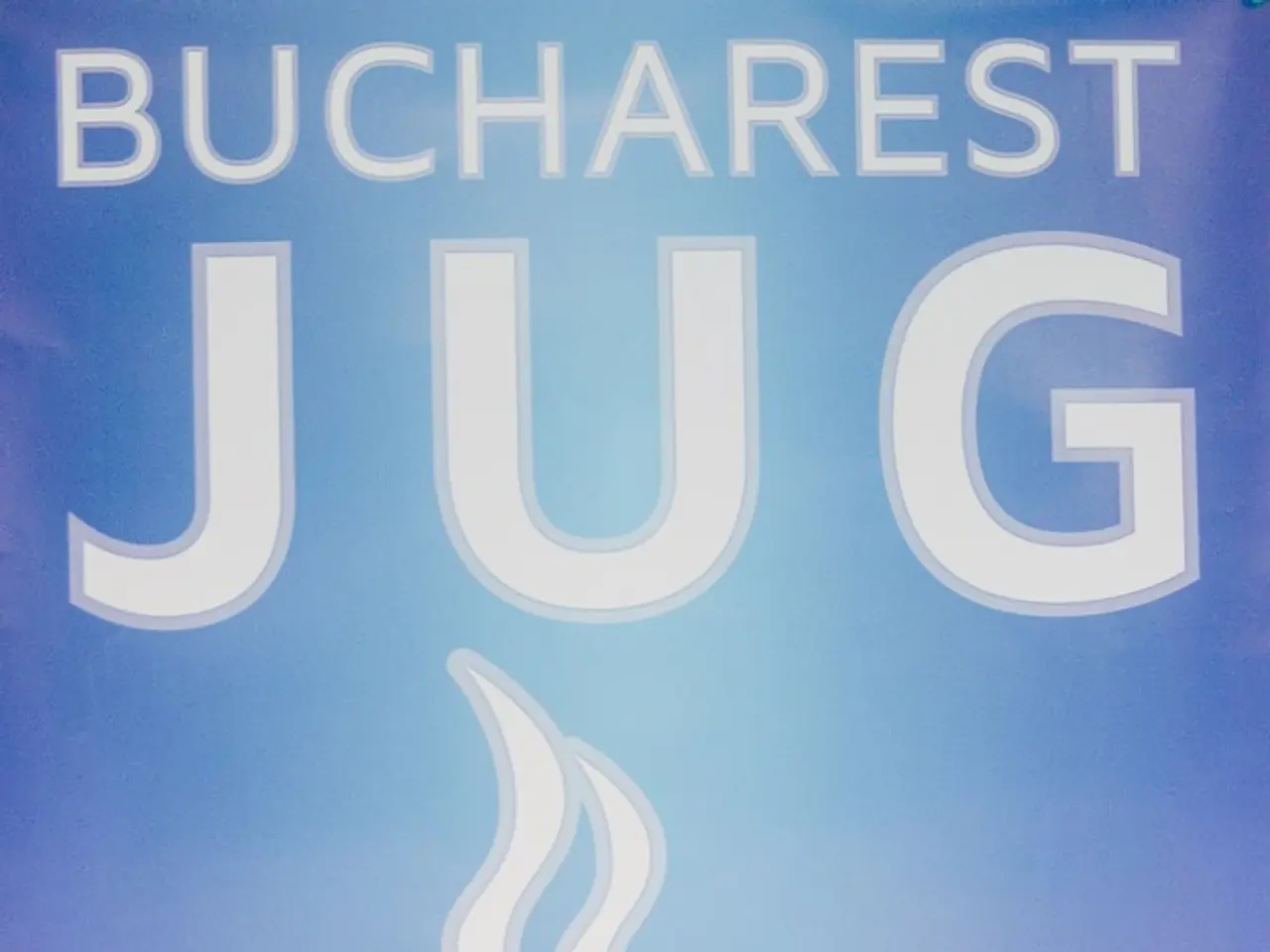Examination: Potential Impact of XRP Challenging Ripple's Bank Charter Petition at National Trust
In a strategic move to navigate the complex regulatory landscape and integrate its stablecoin more deeply into the mainstream U.S. financial systems, Ripple Labs is considering routing a potential federal bank charter through a subsidiary, such as Standard Custody & Trust. This approach aims to manage regulatory uncertainty, leverage existing trust banking infrastructure, and hedge compliance risks.
Ripple's decision to use a subsidiary is based on several key reasons. The legal and regulatory structure of Standard Custody & Trust, which is already a New York regulated trust bank issuing Ripple’s RLUSD stablecoin, provides an existing framework that can be leveraged for the federal charter. This ring-fenced structure for the stablecoin reserves adds clarity and trust.
By maintaining both state (New York Department of Financial Services) and prospective federal (Office of the Comptroller of the Currency) oversight, Ripple is hedging its regulatory exposure. This dual supervision could establish a unique benchmark for trust in the stablecoin market and mitigate risks if federal regulation changes or if the charter is delayed or denied. It allows Ripple to continue stablecoin issuance while moving toward federal regulation.
Operational expediency is another benefit of the subsidiary route. The subsidiary's application for a Master Account with the Federal Reserve could potentially accelerate approval and operational readiness for a Federal Reserve master account. This subsidiary already applied for a Master Account, paving the way for direct reserve holding.
However, this approach is not without challenges. Maintaining two parallel regulatory regimes for related entities could lead to complexity and costs. There may also be potential for regulatory friction or duplicative oversight between the OCC and NYDFS. Ripple Labs’ substantial XRP holdings have raised concerns that could complicate the OCC's approval process for the charter.
Despite these challenges, the benefits of this strategy are significant. Maintaining continuity of business and stablecoin issuance under existing state oversight while pursuing federal oversight is crucial. The clear, legally ring-fenced structure isolates regulatory and operational risks between Ripple Labs and its banking subsidiary. This approach also enhances credibility with institutions by holding a federal trust bank charter and a Federal Reserve master account.
If the US GENIUS Act for stablecoins is adopted, Ripple's stablecoin (RLUSD) could be federally regulated. However, Ripple is still a long way off from meeting the Act's requirement of a stablecoin of more than $10 billion. If approved, Ripple would have both state and federal oversight, which X Ripple CEO Brad Garlinghouse says would bring trust to the stablecoin market.
In summary, Ripple’s strategic move to route the federal bank charter application through a subsidiary like Standard Custody & Trust is a deliberate strategy to manage regulatory uncertainty, leverage existing trust banking infrastructure, and hedge compliance risks while aiming to integrate its stablecoin more deeply into mainstream U.S. financial systems.
- Ripple Labs is considering routing a potential federal bank charter through a subsidiary like Standard Custody & Trust to manage regulatory uncertainty and leverage existing trust banking infrastructure.
- The legal and regulatory structure of Standard Custody & Trust, which is already a New York regulated trust bank issuing Ripple’s RLUSD stablecoin, provides an existing framework that can be leveraged for the federal charter.
- By maintaining both state (New York Department of Financial Services) and prospective federal (Office of the Comptroller of the Currency) oversight, Ripple is hedging its regulatory exposure and could establish a unique benchmark for trust in the stablecoin market.
- Operational expediency is another benefit of the subsidiary route as the subsidiary's application for a Master Account with the Federal Reserve could potentially accelerate approval and operational readiness for a Federal Reserve master account.
- Maintaining continuity of business and stablecoin issuance under existing state oversight while pursuing federal oversight could enhance credibility with institutions, such as utilizing a federal trust bank charter and a Federal Reserve master account, and bring trust to the stablecoin market.





